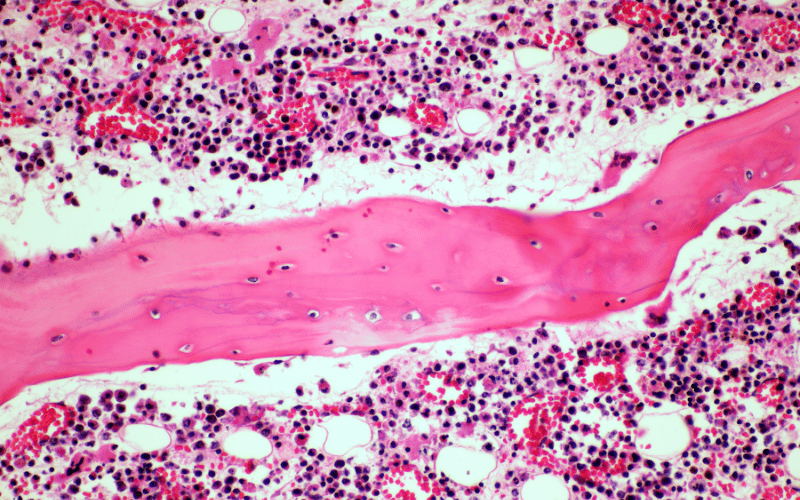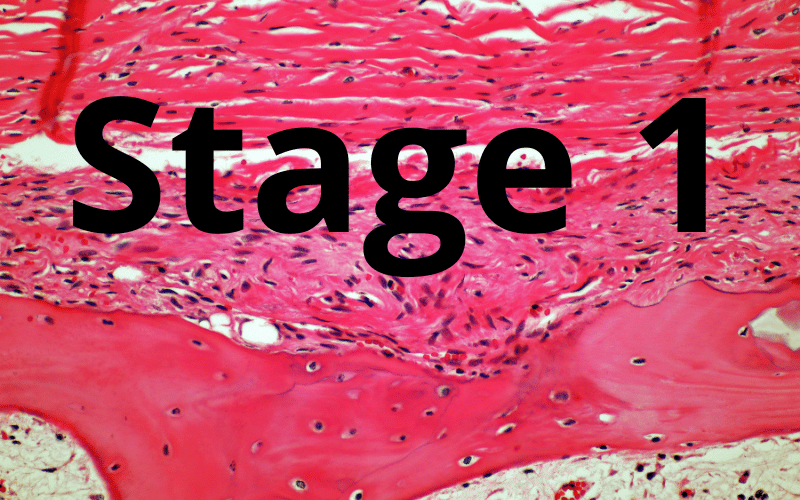Introduction: Navigating Adenoid Cystic Carcinoma
Adenoid Cystic Carcinoma, commonly referred to as ACC, is a peculiar type of cancer. Despite its rarity, its impact on those diagnosed is profound. Predominantly originating from the salivary glands, ACC has the potential to manifest in various regions of the body, making its study and understanding all the more critical.

The very mention of cancer often evokes fear and uncertainty. With ACC, these feelings can be amplified given its rare nature and the lack of general knowledge about it in the public domain. A diagnosis can often be overwhelming, not just due to the disease itself but also because of the myriad of questions that immediately arise: What exactly is ACC? How does it progress? What are its stages? And, importantly, what lies ahead in terms of treatment and prognosis?
To grasp the intricacies of ACC, it’s crucial to dissect its progression through its four stages. These stages, determined by the tumor’s size, location, and spread, provide a roadmap for both medical professionals and patients. By understanding each stage, one can anticipate potential challenges, making the journey somewhat more predictable.
But why is staging so crucial? The stage of cancer at diagnosis is instrumental in deciding the course of treatment. Additionally, it offers insight into the prognosis and survival outcomes. For ACC, the staging becomes even more pivotal. Given that its growth is relatively slow yet can be aggressive when spreading, knowing its stage can often be the difference between proactive management and reactive treatment.
Stage 1 (T1, N0, M0): Beginning the Journey with ACC

The first stage of Adenoid Cystic Carcinoma is arguably the most stealthy. At this juncture, the tumor is modest, measuring less than 2 cm, and strictly remains within its place of origin. This stage’s silent nature means that it often goes unnoticed, with many individuals not presenting any tangible symptoms.
Identifying ACC at this stage can be likened to discovering an unwelcome guest before they’ve settled in. The tumor, while undoubtedly present, has not yet made aggressive strides. This containment is both a blessing and a challenge. It’s a blessing because the cancer hasn’t ventured beyond its initial location, but it’s also a challenge since its silent progression can lead to late detection.
What makes early detection crucial? Simply put, the earlier the discovery, the better the chances of a successful intervention. ACC at this stage is like a problem that’s easier to solve when it’s small. When caught at this initial phase, doctors often have a broader array of treatment options at their disposal, with surgery being the most common.
Another distinctive feature of Stage 1 ACC is its confined nature. It neither ventures into nearby tissues nor makes a leap to distant body parts. This localization means that the primary focus of treatment is on the tumor itself, without the complexities that come with widespread cancer.(1)